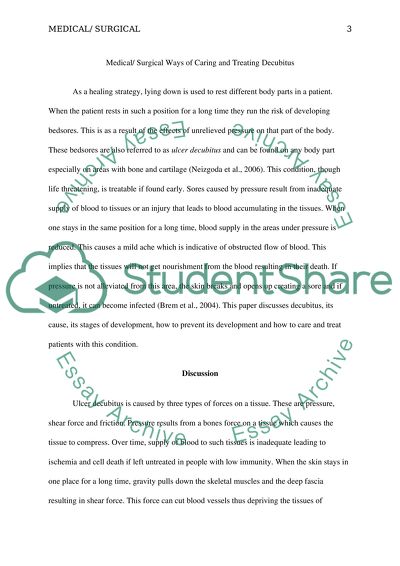Cite this document
(“Medical or Surgical Ways of Caring and Treating Decubitus Essay”, n.d.)
Medical or Surgical Ways of Caring and Treating Decubitus Essay. Retrieved from https://studentshare.org/nursing/1445114-medical-surgical
Medical or Surgical Ways of Caring and Treating Decubitus Essay. Retrieved from https://studentshare.org/nursing/1445114-medical-surgical
(Medical or Surgical Ways of Caring and Treating Decubitus Essay)
Medical or Surgical Ways of Caring and Treating Decubitus Essay. https://studentshare.org/nursing/1445114-medical-surgical.
Medical or Surgical Ways of Caring and Treating Decubitus Essay. https://studentshare.org/nursing/1445114-medical-surgical.
“Medical or Surgical Ways of Caring and Treating Decubitus Essay”, n.d. https://studentshare.org/nursing/1445114-medical-surgical.


